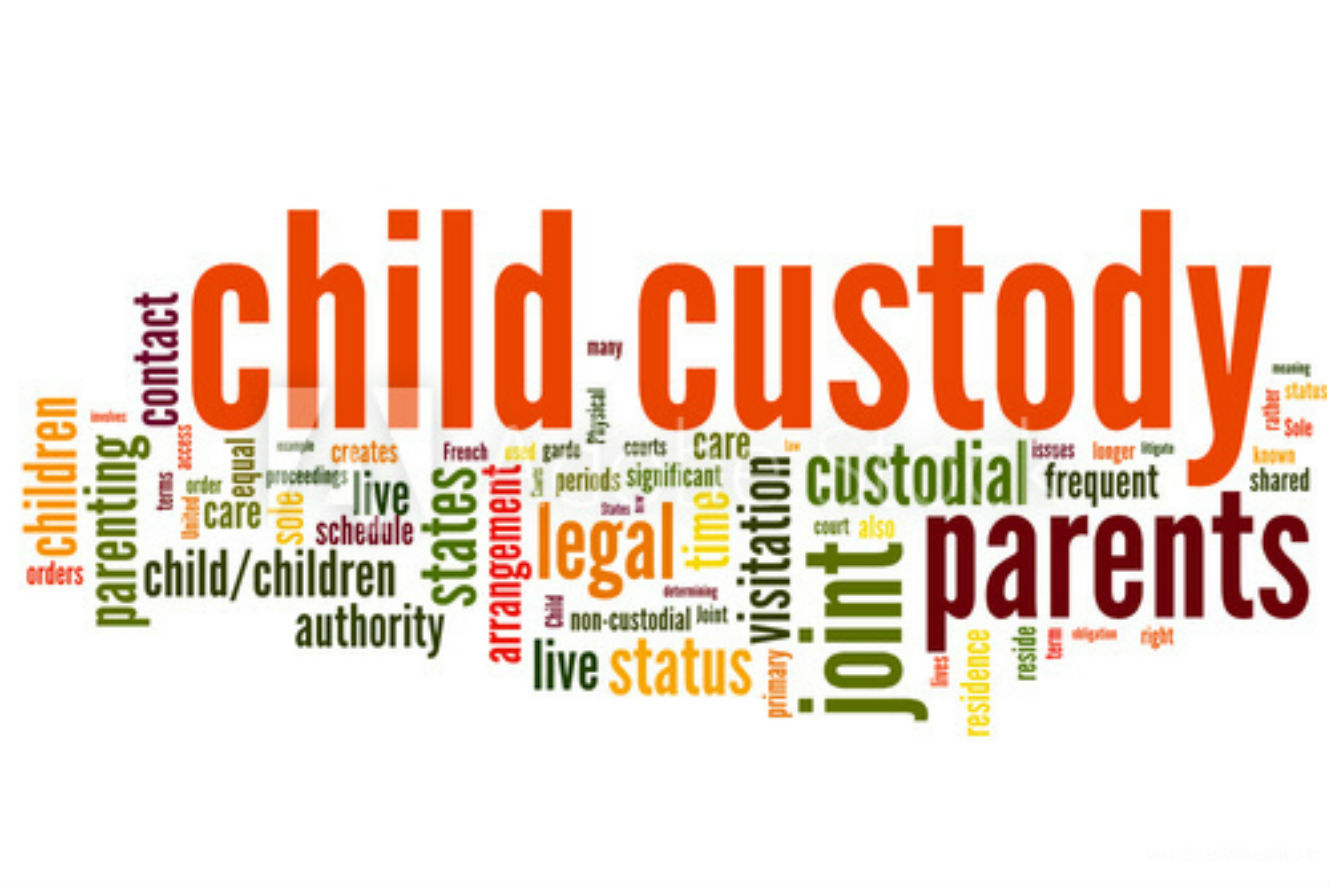Parents who have children should always take the time to consider their options carefully when creating a custody and visitation agreement. They should also consult an attorney to ensure their submitted agreement meets legal muster.
The child custody agreement defines how the parties decide about their children’s medical care, religion, education and other important issues.
Be Specific
While drafting a child custody agreement is often about compromise, you should also be specific. This can reduce the likelihood of misunderstanding and disagreement later on. For example, consider including contingency provisions, such as a clause that allows either parent to request modifications in the future.
You should also be clear about whether the parents seek joint physical or legal custody. Generally speaking, joint physical custody means that the child will spend substantial time with both parents. On the other hand, joint legal custody will give both parents the right to make decisions about the child’s life, such as medical treatments, religious upbringing, education, extracurricular activities, and employment.
You should also be clear about parenting time and whether it is scheduled or unscheduled, supervised or not, and on holidays. This will allow both parents to set realistic expectations during the discussion and help you avoid arguing over visitation schedules later.
Don’t Be Bitter
When creating a child custody agreement, it’s important to focus on what works best for your children. Avoiding bitterness can help reduce conflict and make it easier for both parents to agree.
Child custody arrangements include both parenting time and legal decision-making. Parenting time involves your child’s day-to-day care, often called physical custody. Legal decision-making consists of the authority to make major decisions about your child, such as where they will attend school, medical treatment and religious upbringing. In most states, parents may share legal decision-making, or one parent can receive sole legal custody.
A child custody arrangement that is well-thought-out and detailed is more likely to be approved by a judge than one that appears thrown together at the last minute or vague in general terms. You and your spouse can present information regarding your daily schedule, financial situation and ability to care for your child to help a judge understand your goals.
Seek Arbitration or Mediation
Unless you and your co-parent have a child custody dispute that is highly contentious, it’s almost always less expensive, more stress-free, and better for everyone to work together and create an agreement outside of court. A legal professional can help you with the process, but self-help options can help you get started.
A child custody agreement is a legal document determining the parents’ preferred child custody arrangement. The contract may stipulate that one parent will have sole legal custody, meaning they are responsible for making decisions on the child’s behalf, or they can share legal custody. The child custody agreement should also outline visitation schedules for weekends, holidays, and other important dates. It can also include information about child support. A judge must approve the terms of a child custody agreement for it to be legally binding.
Avoid the Adversarial Process
While emotions run high during child custody battles, parents can easily get caught up in a cycle of bitterness and revenge that ultimately harms their case. A judge wants to see collaboration, not anger and hostility. Moreover, bitterness and anger can be interpreted as a lack of commitment to providing children with a safe and nurturing environment.
Parents can avoid the adversarial process using a collaborative law method, such as mediation or arbitration. A mediator serves as a neutral third party who can help guide negotiations and reach an agreement more likely to be approved by the court. Parents should also include a clause allowing them to amend the custody arrangement in the future, as circumstances may change over time. This will demonstrate that both parties are willing to compromise and work together in the best interests of their children. It will also show the court that both parents understand and prioritize the importance of children’s well-being.



